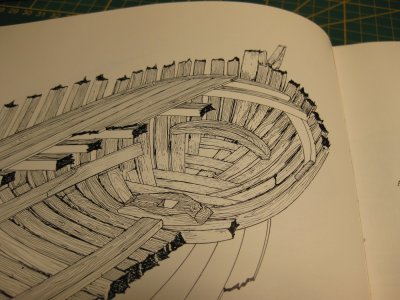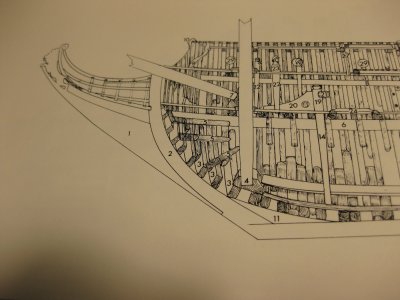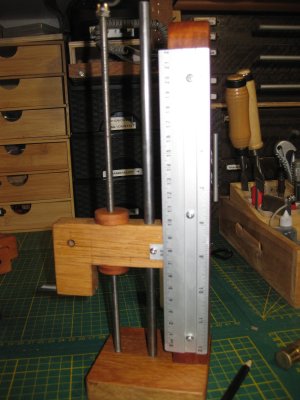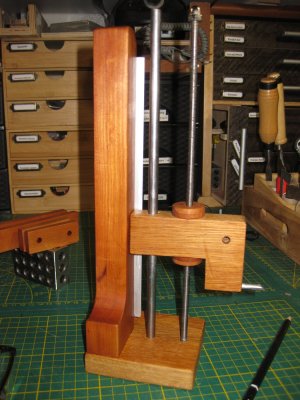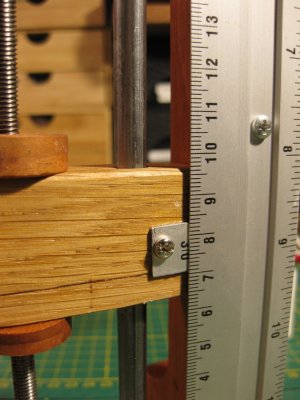Over a week already. @all thanks for the likes and following this build. In the meantime worked on the fuselage but also had a nice conversation with an expert in this field. Thanks Ab for the advice and wake up call.
I had chosen an easy way to make the bow, also more or less that I was presented this way on the Dutch forum. Ofcourse with the message that this might not be correct. Ab asked me why I was making it easy for myself when I had already put a lot of effort into getting this far. And that this method of construction was bound to cause problems later on. I immediately agreed with the later because I more or less saw the problems myself. It would not make placing the apostles any easier.
This method in which I followed Willem Vos is not the way these ships are built. He explained to me that there was no deadwood between the keel and the stemhead. Dutch ships were built differently and the “Wrangen” were mounted directly against the keel. In the way Willem Vos wanted to build this ship, the bow would be too weak. The Batavia was not built that way either seemingly another way was chosen later.
I was somewhat too lazy or too easy to find out exactly how it was and whether that drawing of Willem was okay or whether this was a way that was applied. Ab quickly convinced me not to continue this way, also because I had my own doubts.
It was a lot easier to apply the first row of hull planks with this method.
The photo below is the wrong way and I took these beams out, but first I'll use them to easily fit the first few rows of hull planks. See left side of this photo where they are already placed.
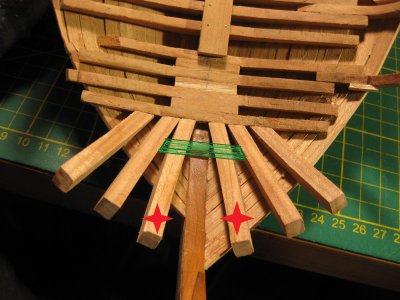
Here is a photo with the lower part of the bow finished and the incorrect beams removed.
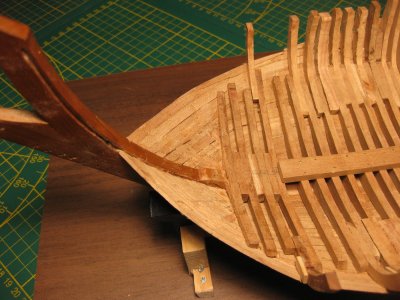
And here the “Wrangen ”are placed in the right direction.


The top “Wrang” is also the last one and on it come the 12 apostles. Ab explained to me that the name comes from that fact. On each side of the stem 6 of them.

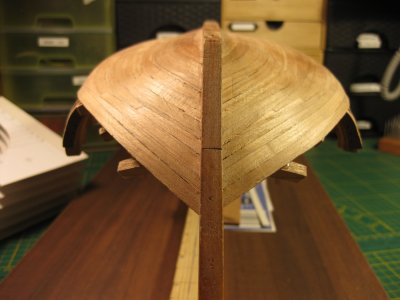
It is almost impossible to see that new boards have been placed in the hull. The many joints are allowed; the Vasa is a fine example.
Here are 2 more pictures where I show how I give boards a curve over the flat side. I soak the wood in water overnight and then clamp it into shape flat on the table. Works fine and after it is almost dry I bend them further into shape on the ship and let dry further before gluing.
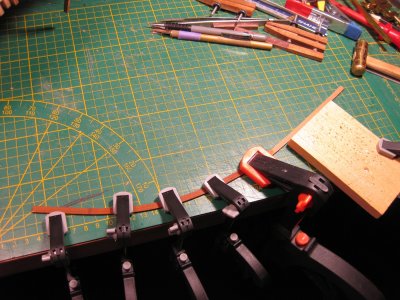
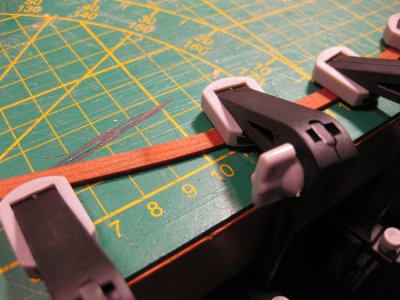
So much for the construction of a Dutch 2-Decker. I will now move on to another build. I cleared my work area of dust today to continue with the rigging of the Prins Willem again. I was getting more and more in the mood to do that. I also sat back and watched a video on YouTube of
Tom Lauria. I saw that video a long time ago somewhere in 2020 and hadn't looked closely at what he was actually doing. Now I was watching some videos I had saved and came across this one again. Also coincidentally, someone here on the forum also commented on this method. After watching the video a few times and asking Tom a few questions about the paint, I want to go ahead with this again. So more on it soon:
https://shipsofscale.com/sosforums/threads/voc-ship-the-prins-willem-scale-1-75-year-1651.6761/
Thanks for watching.







